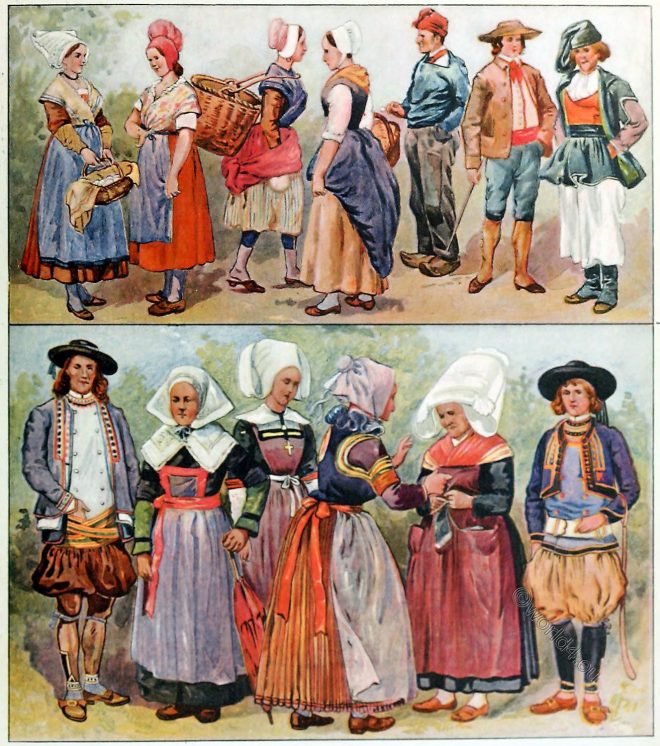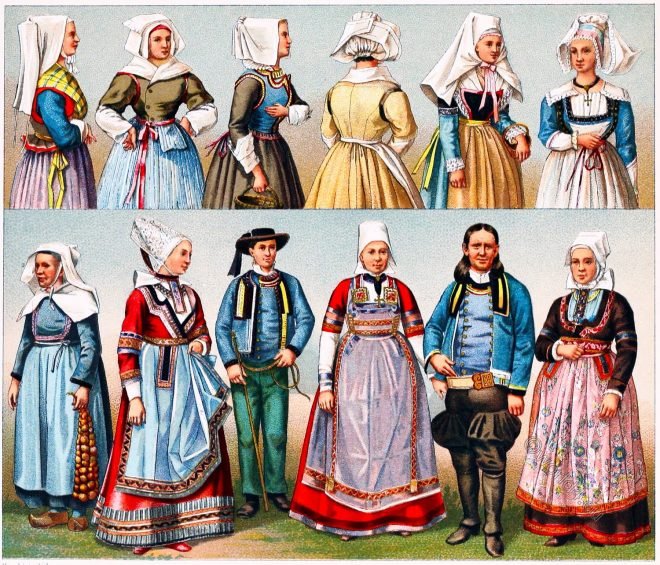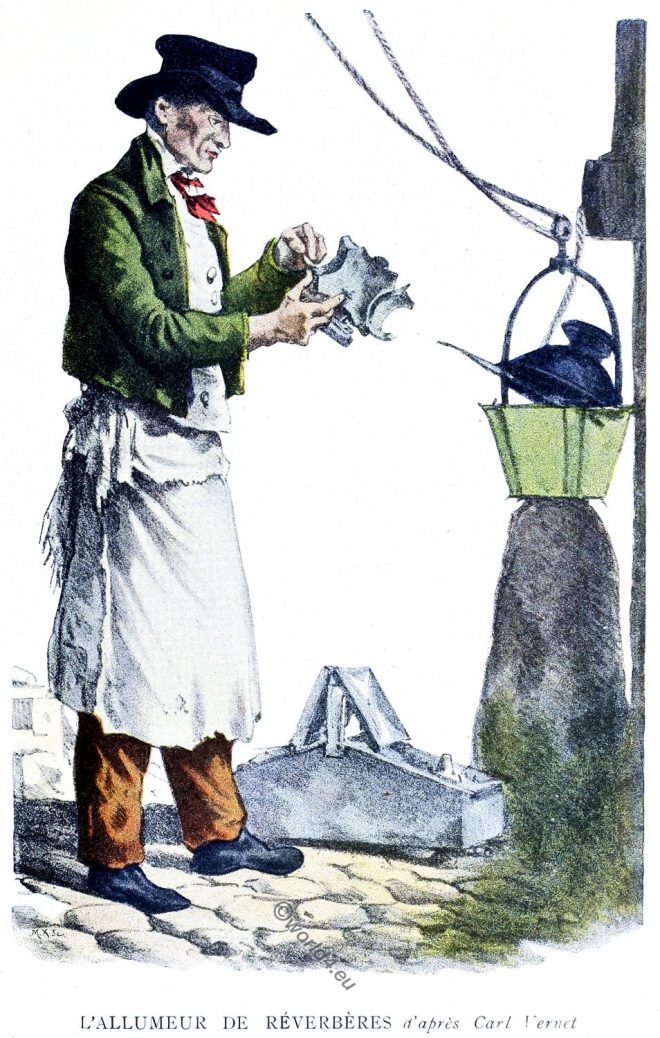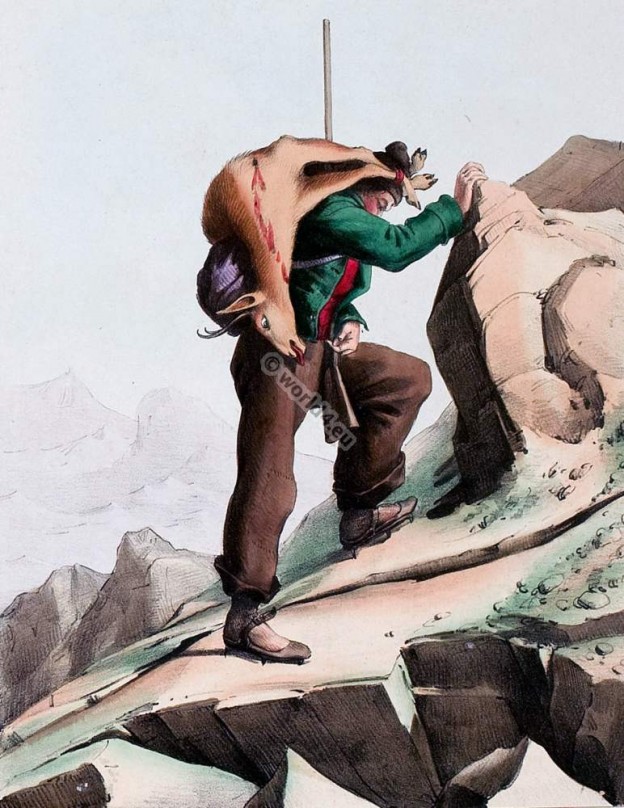France Bordeaux. Folk costumes from Gradignan, Caudéran, Pessac, Laroque, Blaye. First half of the 19th century.
Tag: French national costumes
French national costumes. Traditional Folk dress from France.
Folk costumes from the different regions of France. 19th Century.
French Folk costumes from Brittany, Normandy, Bourgogne-Franche-Comté, Provence, Hauts-de-France region, Haute-Savoie, Corsica.
Département Finistère. Peasant and bourgeois costumes of Brittany.
French national costumes of Brittany. Département Finistère in the 19th century. Peasant and bourgeois costumes.
The Bigouden of Pont-l’Abbé. Sables-d’Olonne. Costumes of Brittany.
Brittany (fr. Bretagne). Hairdresses of women and children: The Bigouden of Pont-l’Abbé and Cabelou. Women of Sables-d’Olonne. Saltwinning population of the Guérande peninsula: Costume of the married; the Ventel, church cloak.
The Lantern lighter after Carl Vernet around 1823. Historical professions.
Historical professions. City employee who lights the street lamps at nightfall. Parisian Characters around 1823.
Costumes Pyrenees. Surroundings of Pau.
Costumes Pyrenees. Surroundings of Pau. Environs de Pau.
Smuggler. Costumes Pyrenees 1834.
Smuggler. Costumes Pyrenees 1834. Contrebandier.
Smuggler. Surroundings of Gaveury.
Smuggler. Surroundings of Gaveury. Costumes Pyrenees. Contrebandier, Envierons de Gaveury.
Smuggler from Venasque, at the port of Oô.
Smuggler from Venasque, at the port of Oô. Contrebandier Venasquais, passant le port d’Oô.
Chasseur de Ronsard Sur la Maladeta. Costumes des Pyrénnées. 1834.
Huntsman of Ronsard. On the Maladeta. The Pic de la Maladeta is a 3308 m high mountain near the highest Pyrenean peaks Aneto.










